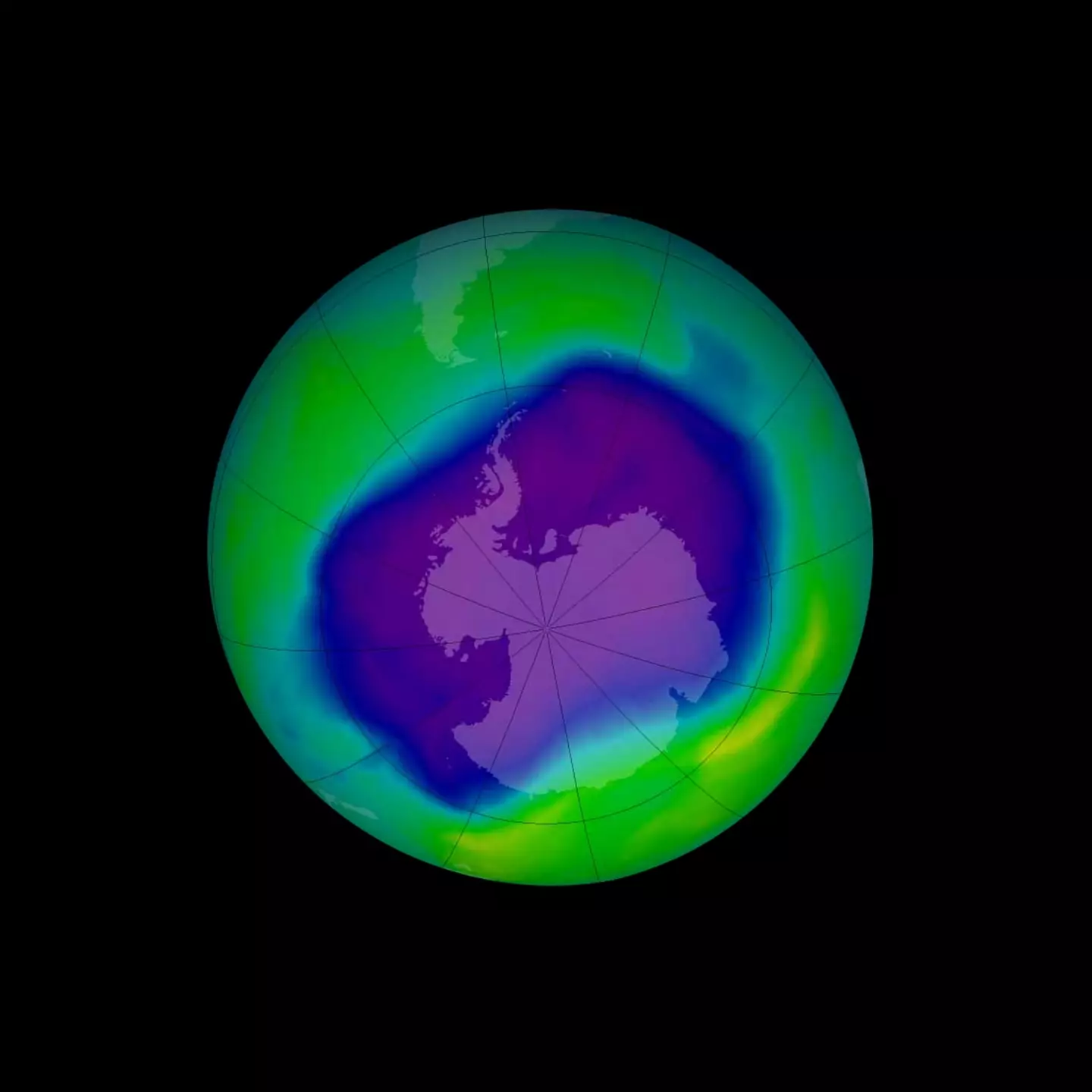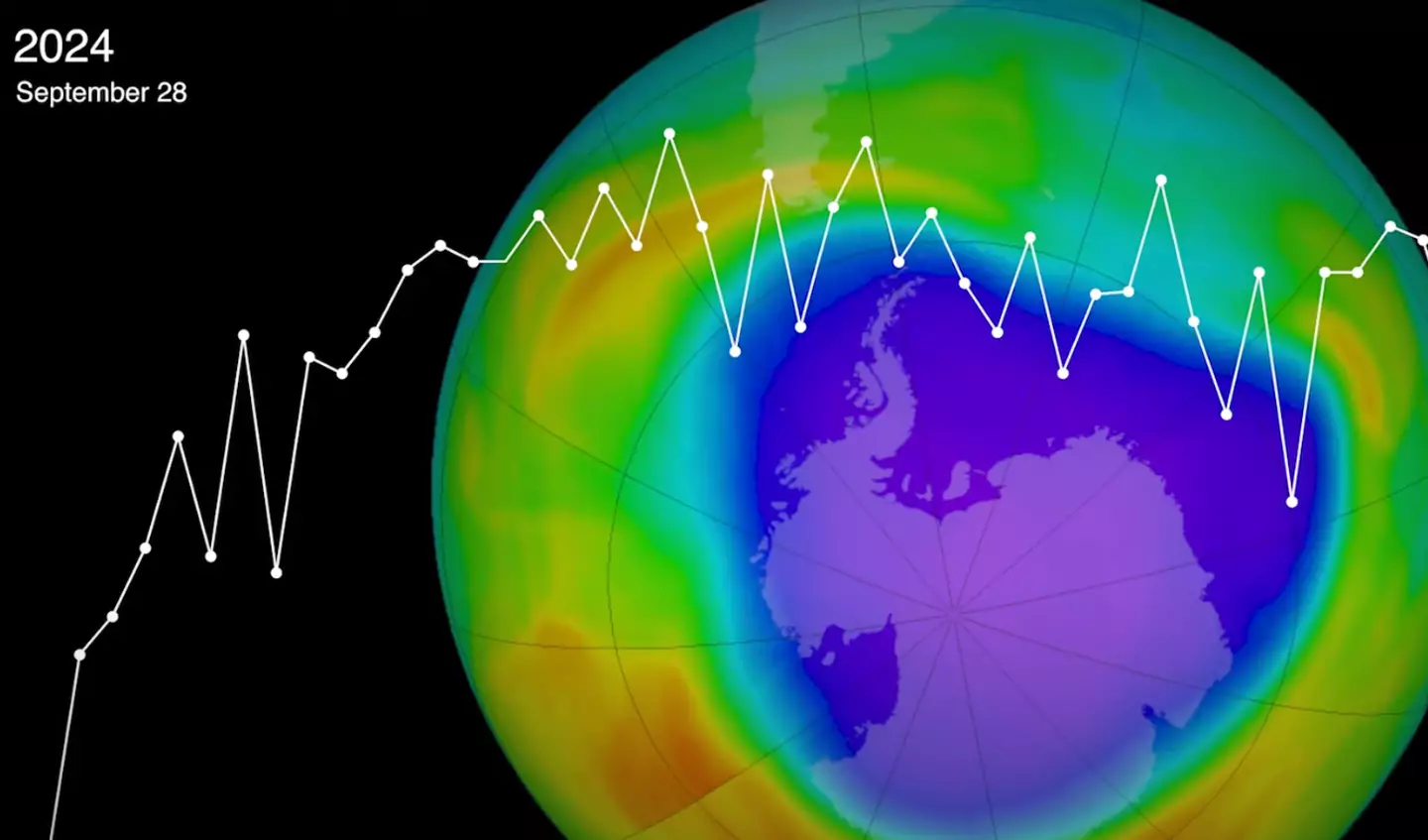Top scientists confirm Antarctica’s ozone hole is actually recovering and could completely disappear


The Antarctic ozone hole in 2006 (Universal History Archive/ Universal Images Group via Getty Images)
The proof
Well, the team of researchers used a method known as ‘fingerprinting’ – a technique pioneered by Klaus Hasselmann and which saw awarded the Nobel Prize in Physics in 2021.
Nobel Prize explains the technique helps ‘distinguish between natural and human causes (fingerprints) of atmospheric heating’.
Building on observations of ozone recovery she reported in 201, study author Susan Solomon, the Lee and Geraldine Martin Professor of Environmental Studies and Chemistry, looked into applying the method to figure out how humans reducing ODSs could be helping the hole recover.
Solomon and Wang used simulations of Earth’s atmosphere under various conditions including testing what happened when there were different increases and decreases in ODSs or greenhouse gases alongside how the weather impacted the atmosphere.
They then compared this to how the hole has changed over time, looking at actual satellite observations of the hole and resolved with ’95 percent confidence’ the recovery of the ozone is mainly because of the successful reduction in ODSs – which the Montreal Protocol really pushed into action.


The ozone is ‘recovering’ (NASA Goddard)
Wang reflected: “After 15 years of observational records, we see this signal to noise with 95 percent confidence, suggesting there’s only a very small chance that the observed pattern similarity can be explained by variability noise.
“This gives us confidence in the fingerprint. It also gives us confidence that we can solve environmental problems. What we can learn from ozone studies is how different countries can swiftly follow these treaties to decrease emissions.”
Solomon echoed: “There’s been a lot of qualitative evidence showing that the Antarctic ozone hole is getting better. This is really the first study that has quantified confidence in the recovery of the ozone hole.”
She resolved the ozone is ‘recovering’ and the study proves ‘we can actually solve environmental problems’ with the year of ‘something like 2035’ potentially ending up with ‘no ozone hole depletion at all in the Antarctic’ with some of us potentially seeing ‘the ozone hole go away completely’.
